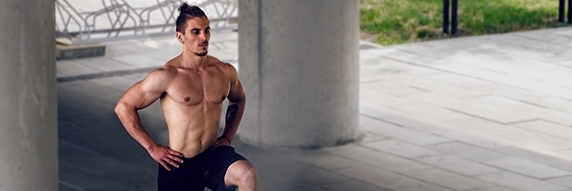In this post we are going to be cover two things: Can you really build muscle with calisthenics? and more specifically, HOW to build muscle with calisthenics.

To answer the first question…
[In short] Yes, calisthenics (aka bodyweight training) can be a highly effective way to build muscle and a great alternative to traditional weight training.
[In more detail…]
With calisthenics, you use your own bodyweight as resistance rather than lifting weights or using machines. This can be a great option for those who don’t have access to a gym or weights, or for those who prefer a more functional and “natural” approach to strength training.
Calisthenics is effective for building muscle because the body does not understand the source of the resistance placed on its muscles. This means that when you perform calisthenics exercises, your body responds in the same way as it would if you were lifting weights or using machines.
It does not understand the source of the “resistance/weight/tension”. The key to building muscle with calisthenics is to apply the same principles that bodybuilding use in their training, incorporating them into bodyweight training (which you will learn below).
These 9 simple steps will help you build muscle and bulk up using calisthenics / bodyweight training to help you reach your dream body without the need for fancy machines in the gym, but rather minimal or sometimes no equipment whatsoever.
This post is all about: How To Build Muscle With Calisthenics
Let’s dive right in…
Table of Contents
Advantages Of Doing Calisthenics
One of the main advantages of calisthenics is that you can perform the exercises almost anywhere, as you don’t need access to a gym or any specialized equipment.
This can be especially convenient for those who don’t can’t go to a gym for any reason, or for those who prefer to work out at home or outdoors. Plus, calisthenics exercises are typically more functional and practical than weight lifting exercises, as they involve movements that closely mimic everyday activities such as pushing, pulling, and squatting.
Calisthenics can also be a more natural and intuitive way to train, as you use your own bodyweight as resistance rather than relying on external weights or machines.
And a very popular reason for doing calisthenics is because you develop very good body “control” and can learn impressive calisthenics skills such as like the handstand, front lever, etc..
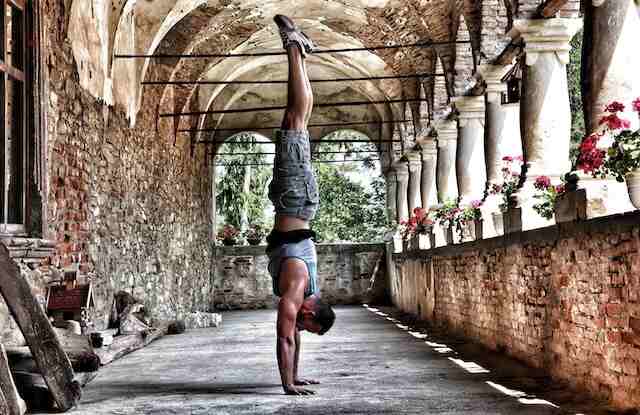
Overall, calisthenics is a highly effective and convenient way to build muscle and improve your physical fitness, and is a great option for those looking to diversify their training routine or who prefer a more functional. “impressive,” or “natural” approach to strength training.
So now for the actionable tips on exactly how to build muscle with calisthenics:
Step 1: Do Sets & Reps (Not Circuits)
Calisthenics workouts often involve circuit training, which involves performing a series of exercises in rapid succession with little or no rest between sets. While this can be a great way to improve cardiovascular fitness and burn calories, it’s not the best approach for building muscle.
Instead, focus on performing sets and reps of individual exercises. This will allow you to work each muscle group more effectively and stimulate muscle growth. Aim for 3-4 sets of 6-12 reps for each exercise, with at least 2-3 minutes (usually) of rest between sets.
Step 2: Focus On Progressive Overload
Progressive overload is the concept of gradually increasing the demands placed on your muscles in order to continue making progress. In order to build muscle with calisthenics, you need to constantly challenge your muscles by increasing the resistance or difficulty of your exercises.
There are several ways you can do this, including:
- Increasing the number of reps you perform (keep in mind the next tip)
- Use a harder variation of your exercises (incline push ups, standard push ups, archer push ups, etc.)
- Adding weight (e.g. using a weighted vest, weight belt, or backpack)
- Adding additional sets
- Using a slower or more explosive tempo (e.g. taking longer to lower yourself during a push-up and/or pushing back up faster)
Step 3: Focus On The 6-12 Rep Range
When it comes to building muscle (also knows as hypertrophy training), you should aim to train in the 6-12 rep range. At the bottom of this rep range (6-8), you can focus on training a bit heavier to stimulate strength AND muscle growth. And at the top of this rep range (8-12), you can focus a bit more on building up of high enough volume and time-under-tension to stimulate muscle growth even more. You can see the image below by Stronger By Science.
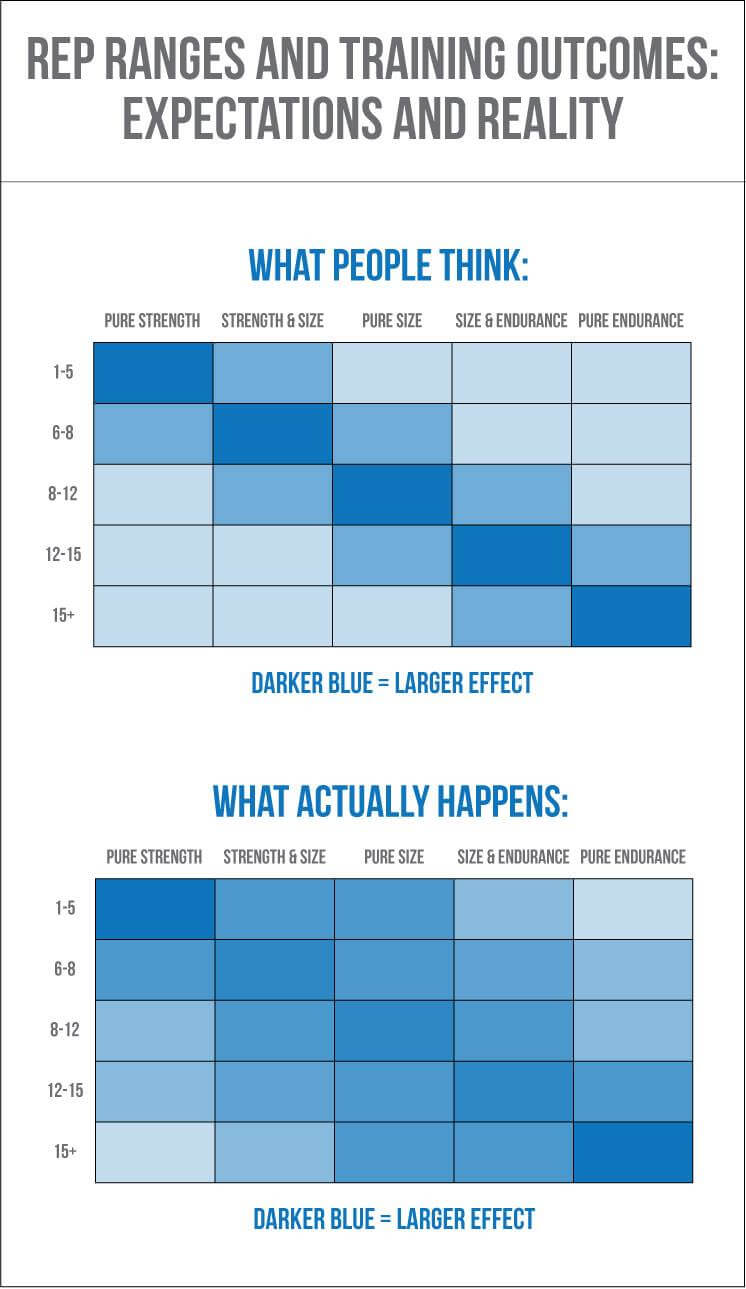
If you go lower than 6 reps, you will start to focus a lot more on strength and a little less on hypertrophy. And if you go over 12 reps, you will find it harder to move through calisthenics progressions or add weight fast, because you will start shifting your focus a bit more towards endurance.
However, I will say that that I have found it beneficial to include higher reps or mechanical dropsets AFTER your main compound exercises (which I will talk about below) if you ever feel like you’re stuck in a progression.
Step 4: Eat 0.8-1 Grams Of Protein Every Single Day
Protein is an essential nutrient for muscle building, as it provides the building blocks your body needs to repair and rebuild muscle tissue. Without protein, the muscle cannot physically repair itself and it is possible you lose muscle and progress if you train but don’t consume enough protein, specially after you stop experiencing your “newbie gains.”
So aim to consume at least 0.8-1 grams of protein per pound of bodyweight each day.
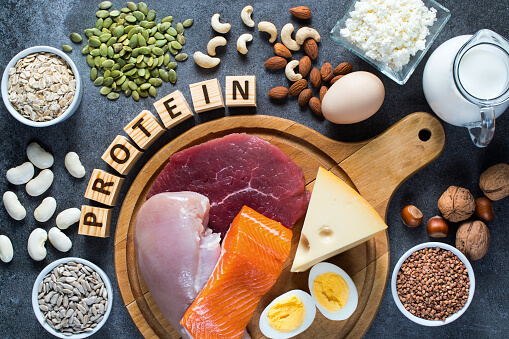
Good sources of protein include chicken, beef, fish, eggs, tofu, and dairy products or you can also use protein powders, shakes, or even mass gainer supplements, if you find it hard to eat enough protein throughout the day.
Step 5: Follow A "Lean Bulk" Dieting Approach To Maximize Muscle Growth While Limiting Fat Gain
This image by Built By Science illustrates a 2013 study and the results of a 10-week lean bulk (low calorie surplus) and a 10-week dirty bulk (high calorie surplus). You can clearly see that even though the dirty bulking group has a slightly greater percentage of muscle gain, the fat gain was significantly higher and the muscle to fat gain ratio are much better when doing a lean bulk.
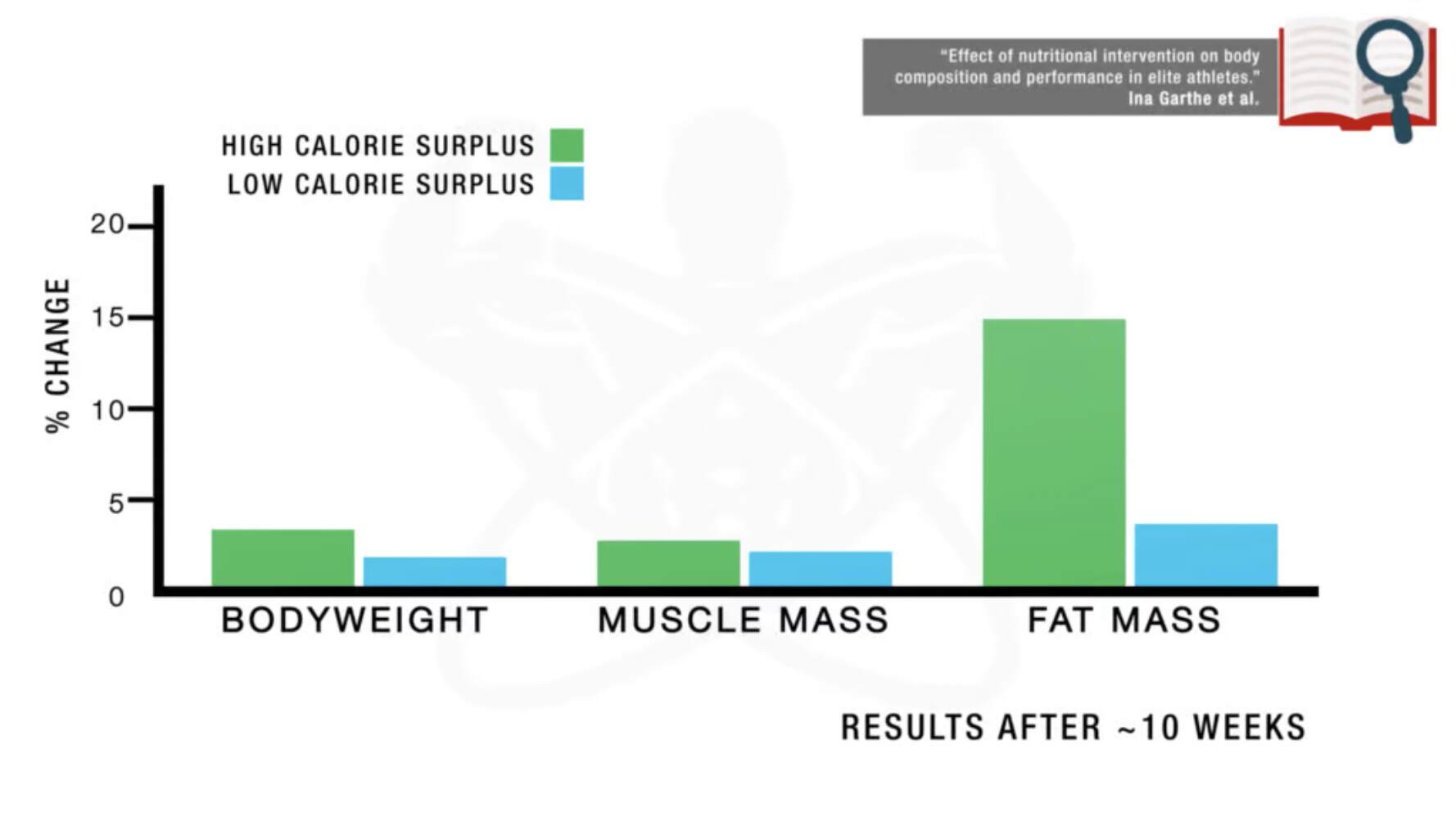
So what does this tell us?
When it comes to building muscle, it’s important to consume enough calories to support muscle growth, but you don’t want to go overboard and end up gaining too much fat in the process. A “lean bulk” approach involves a small increase to your calorie intake of about 200-300 calories while also incorporating strength training. When following a dirty bulk (or high calorie surplus), the body cannot take all of those calories and turn it into muscle even with the most effective program on the planet.
Plus, having a higher body fat percentage will make calisthenics skills much harder so lean bulking will definitely benefit you.
Step 6: Consistency Is KEY

This might sound repetitive but it’s important and true in all areas of life.
Building muscle takes time and dedication, and it’s important to be consistent in your training and nutrition. Aim to strength train at least 3 times per week when starting out and to eat in a small caloric surplus with enough protein every single day.
Step 7: Rest 48-72 Hours Before Hitting The Same Muscle Group
Your muscles need time to recover and repair after a workout, so it’s important to give them adequate rest between sessions. Aim to rest for 48-72 hours before hitting the same muscle group again. This will allow your muscles to fully recover and grow.
However, If you are a beginner doing a full body workout, you might only need 24-48 hours in between because you would be doing much less volume and/or intensity.
Here’s are a couple examples:
Full Body Split (3 Days):
- Sunday: Rest
- Monday: Full Body
- Tuesday: Rest
- Wednesday: Full Body
- Thursday: Rest
- Friday: Full Body
- Saturday: Rest
Upper-Lower Split (4 Days):
- Sunday: Upper Body
- Monday: Lower Body
- Tuesday: Rest
- Wednesday: Upper Body
- Thursday: Lower Body
- Friday: Rest
- Saturday: Rest
Step 8: Sleep 7-9 Hours Each Night
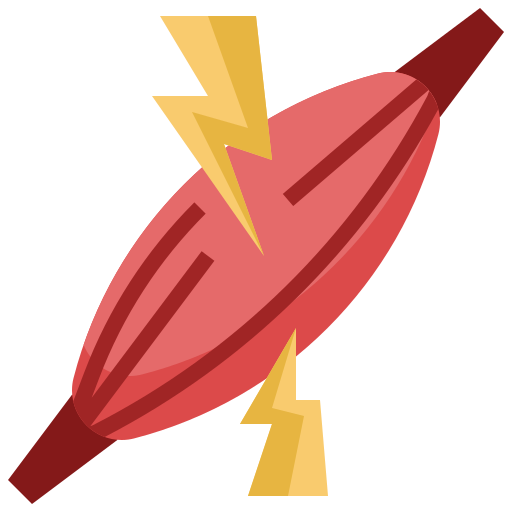
Getting enough sleep is essential for muscle growth and recovery. Our bodies build muscle while we rest, not during our workouts. The workouts create the stimulus for growth, but then we need to feed our muscles and allow the body to do the rest of the work by sleeping enough.
So, aim to get 7-9 hours of sleep each night to give your body the rest it needs to repair, rebuild your muscle tissue, and to come back stronger.
Step 9: Focus On Your Compound Exercises
Compound exercises are multi-joint movements that work multiple muscle groups at the same time. These exercises are highly effective for building muscle because they allow you to lift heavier weights and stimulate more muscle fibers.
Some examples of compound exercises for building muscle with calisthenics include:
(Note that these are the base variations, but there are much more that can fit your level of strength so you can build muscle with calisthenics at any starting point.)
- Push-Ups
- Pull-Ups
- Rows
- Dips
- Squats
Incorporating these exercises into your calisthenics routine will help you build a strong, functional, and well-rounded physique.
Implementing these 9 steps will help you maximize your muscle building journey with calisthenics. Keep in mind that knowledge without action will do nothing, so make sure to learn and apply!
If you found this post helpful, feel free to check out our 5-Day Replace The Gym Challenge to help you replicate bodybuilding exercises and implement these bodybuilding principles into your calisthenics journey.
These were our 9 steps on how to build muscle with calisthenics – We’re glad to have you and to help you find success in calisthenics and fitness! We hope to see you in the next one!

